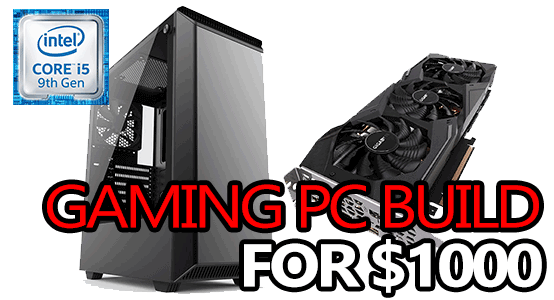
With a budget of $1000, you can pretty much guarantee that the computer you build can handle 1080p and should also be capable of putting out 1440p if you don't mind lower fps or lower than max settings. 1080p gaming is not even an issue. This is basically a perfectly balanced price-point for building your own gaming PC, it's enough to get you amazing hardware while still maintaining a reasonable budget.
- CPU Case: Phanteks Eclipse
- Motherboard: Gigabyte Z390 UD
- Processor: Intel i5 9600K
- CPU Fan: Arctic Freezer 34 eSports
- Graphics Card: XFX RX 5700 XT Thicc III Ultra
- Power Supply: Corsair CX650M
- Solid State Drive: 16GB Corsair Vengeance LPX DDR4 RAM
Best Pre-Built Gaming PC Under $1000
| IMAGE | PRODUCT | DETAILS | |
|---|---|---|---|
CPU Case | Phanteks Eclipse |
| VIEW ON AMAZON → |
Motherboard | Gigabyte Z390 UD |
| VIEW ON AMAZON → |
Processor | Intel i5 9600K |
| VIEW ON AMAZON → |
CPU Fan | Arctic Freezer 34 eSports |
| VIEW ON AMAZON → |
Graphics Card | XFX RX 5700 XT Thicc III Ultra |
| VIEW ON AMAZON → |
Power Supply | Corsair CX650M |
| VIEW ON AMAZON → |
Solid State Drive | 16GB Corsair Vengeance LPX DDR4 RAM |
| VIEW ON AMAZON → |
Skytech Archangel Gaming Computer PC Desktop specs:
If you're trying to build a powerful gaming PC for $1000 then this is exactly what you need to see! It an i5 9600K, an 8GB RX 5700 XT, 16GB of RAM and 500GB of SSD storage!
The Skytech Archangel is a really good gaming pc for under $1000 that you can't go wrong with.
That all said, if you're looking for a build running an AMD Ryzen processor then you might want to check my other $1000 Ryzen build out instead! It comes with an R5 3600 + RX 5700 XT + 16GB of RAM; definitely a beast worth checking out!
Have a question? Read our frequently asked questions or Ask me in the comment section!
Best $1000 Gaming PC Build And Under
REQUIRED TOOLS
The Tools You Need:
- A small Phillips screwdriver
Size #2 works well as a general rule. - An anti-static wristband
Optional but recommended. - Patience
And lots of it.
That’s really all you need to assemble your new desktop. All of the mounting hardware and cables will come with the parts listed above. The only time you might need something extra is if you’re modifying the build on this page.
HOW TO BUILD YOUR PC
Super Simplified Build Steps:
- Install the power supply into the case
- Install the processor (CPU)
- Seat RAM in the motherboard
- Mount the CPU cooler (don’t forget thermal paste if you're not using a stock cooler!)
- Insert the motherboard’s rear I/O plate into the case's rear I/O slot
- Mount the motherboard in the case (get your i/o ports through and use the middle standoff as a guide)
- Plug your graphics card into the motherboard
- Install storage drives
- Plug all power and data cables in where they're required (storage, case, motherboard, graphics card, etc)
- Turn your PC on
- Install your OS
- Install and update ALL drivers
- DONE!
In-depth Walkthrough
If you’ve never built a computer before, then you probably want to take some time to learn the basics before getting ahead of yourself. To do that you have a couple of options you can choose from.
The first, and probably the easiest way for most people to learn is finding a walkthrough on YouTube from a reputable tech channel. Here’s one by BitWit as an example.
Alternatively, I’ve put together an in-depth guide on how to build a PC as well as a FAQ to address the most common questions and problems. I've also put together a short post covering 10 of the most common mistakes people make when building.
Recommended Add-ons
One of the best parts of building a PC is being free to customize your build as you see fit. Below, you’ll find some potential upgrades as well as items you could (or should) add to your build. Not all of these are necessary, but add-ons (like an SSD) are definitely suggested as they will improve your experience a lot.
Build Breakdown
This $1000 gaming PC build is going to absolutely dominate anything you throw at it in both 1080p and 1440p. It'll even work for some 4K gaming if you don't mind turning your settings down lower than ultra.
Keep in mind that the price above is for the core components only, you will still need an operating system, and any other peripherals you don’t currently have.
Case: The Phanteks Eclipse P300 is an awesome mid-tower ATX case. You get a handful of premium features without spending a premium price. The P300 comes with a full PSU shroud, a big tempered glass side panel, good airflow, and clean cable management options.
If there's one downside to the P300, it's that it only comes with a single 120mm fan. Although it would work well to exhaust hot air from your case, adding 1-2 more 120mm fans to pull cool air in would be a good idea.
Motherboard: Gigabyte's Z390 Ultra Durable is an overall great ATX motherboard, especially for the cost. It supports the LGA 1151 socket and runs on the Intel Z390 chipset - meaning it fully supports CPU overclocking. It also has fairly decent VRMs and can handle a pretty good overclock without heating up. This is great because the i5 9600K can be overclocked quite a bit.
The Z390 Ultra Durable comes with 6x USB ports, 6x SATA headers, an NVMe M.2 slot, and support for up to 4 sticks of DDR4 RAM. It also comes with integrated audio as well as a built-in ethernet controller.
Processor (CPU): Intel's 6-core/6-thread i5 9600K is a processor that won’t have any issues with gaming, light content creation, or anything else. The i5 9600K has a base core clock of 3.7GHz that can extend all the way to 4.6GHz under load; that's a lot of processing power slapped across 6 high-performance cores!
Being a K model, the i5 9600K is completely unlocked and fully supports CPU overclocking. Also, being a K model, it does not come with a stock CPU cooler. For that reason, I've included Arctic's awesome Freezer 34 eSports as the default CPU cooler.
Graphics Card (GPU): The 8GB RX 5700 XT is a great GPU - the best available at this level. It's easily capable of handling any game in 1440p at 60fps+. It's also capable of 4K gaming if you don't mind running high-ish settings in those more graphically demanding titles to maintain 60fps+.
XFX's RX 5700 XT Thicc III Ultra comes with a great cooling profile, a sleek design, and 4 display outputs including 1 x HDMI and 3 x DisplayPort. It's undeniably one of the most unique looking cards to hit the market this year and I'm personally a huge fan.
System Memory (RAM): 16GB of 2666MHz RAM in a dual channel setup from Corsair's Vengeance LPX lineup of DDR4 RAM is the perfect amount - for a build at this level. Any more than 16GB and you probably won't notice a difference in the vast majority of games, but if you're a heavy-duty multi-tasker or you use your PC for demanding workloads, more RAM might be a good idea.
Power Supply (PSU): Corsair's CX650M is an awesome semi-modular Bronze-rated power supply that won't let you down. Being semi-modular, this supply will make your cable management much cleaner and easier to work with - no more hiding a dozen unused cables!
It'll consistently deliver more than enough power to this build regardless if you're running base clocks or you've overclocked everything to sky high numbers. It's capable of delivering up to 85% efficiency under typical loads and comes with a 5-year warranty just in case the worst were to happen.
Storage: This build is running a 500GB WD Blue SSD by default. For a lot of people, this will be plenty. But, if you're in the group who need more, you should know that it's really easy to upgrade storage. Basically, it's no different than installing your first drive; buy the new drive, connect power + data, and then you'll have more space!
If you're on a budget of $1000, you're in luck, because that's the perfect amount to spend on a DIY gaming PC build. If you were to go to Best Buy and pick a prefab PC up for $1000, you wouldn't get anything near the level of this beast.
Operating System
When it comes down to picking an operating system for this build, you have a couple of options. One is free, the other is about $100.
The best choice if you want access to the widest array of compatible programs & games is going to be Windows. There are a few different versions available, but the one you'll want to look at is Windows 10 - especially if you want to take advantage of DirectX 12, and you do.
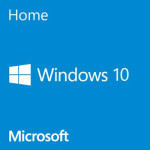
Your free option would be to grab yourself a copy of Ubuntu and run that. It's a solid Linux-based OS which is widely supported by most Windows based programs and games, although you might have to run some in a program called Wine.
When it comes to actually installing your OS, you basically have 2 choices. You can either do it the old fashioned way by using the retail DVD, or you could create your own bootable flash drive. If you're planning to use Linux you can also burn an installation DVD. For instructions on how to create your own bootable flash drive, check here.
Peripherals
If you don't already have things like a monitor, mouse, keyboard, and some kind of audio, you might want to take a look at some of my suggestions. They're hand-picked to match this budget level, and they're all great peripherals.
Since picking a monitor can be difficult with all of the different features to consider, check out my guide on how to pick the best monitor for gaming.
Even more important than picking out the right monitor is picking out the right chair. With all of the options available, it's easy to get lost and make a bad decision. To make sure that doesn't happen, I've put together this list of the 16 best gaming chairs!
WiFi
Since the motherboard in this build comes equipped with an ethernet controller, it can easily connect to the internet via a wired connection. But, if your only option is WiFi, then you're also going to need a WiFi adapter.
There are a couple routes you can choose. An internally mounted WiFi adapter is often faster and more reliable than a USB option. But, the USB option is often quite a bit cheaper. Ultimately, the choice is yours. But, here's what I'd pick.
Conclusion
For around $1000, this gaming PC build will last you well into the future of modern games and continue to give you a seriously incredible gaming experience. If you need to game on the highest settings then you've found the right build because I've set you up with a rig that is definitely delivering a lot of bang for your hard-earned bucks.
This build can easily handle any game you can throw at it in 1440p on high settings or better without breaking a sweat. In 1080p, you could easily max (almost) anything out and get 100fps+ without a problem.
If you have any questions, comments, concerns or otherwise, feel free to leave them in the comment section and I'll answer them ASAP!












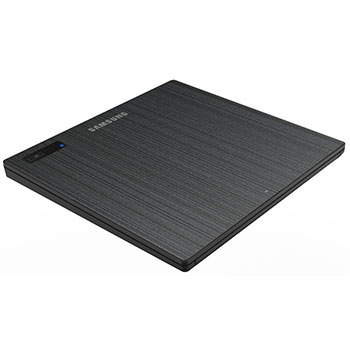










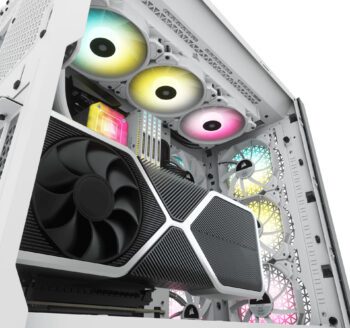
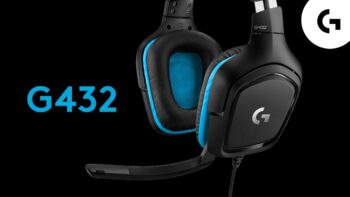
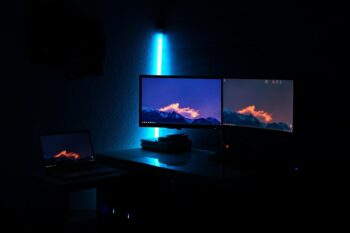
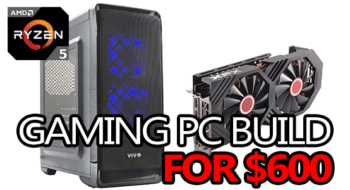
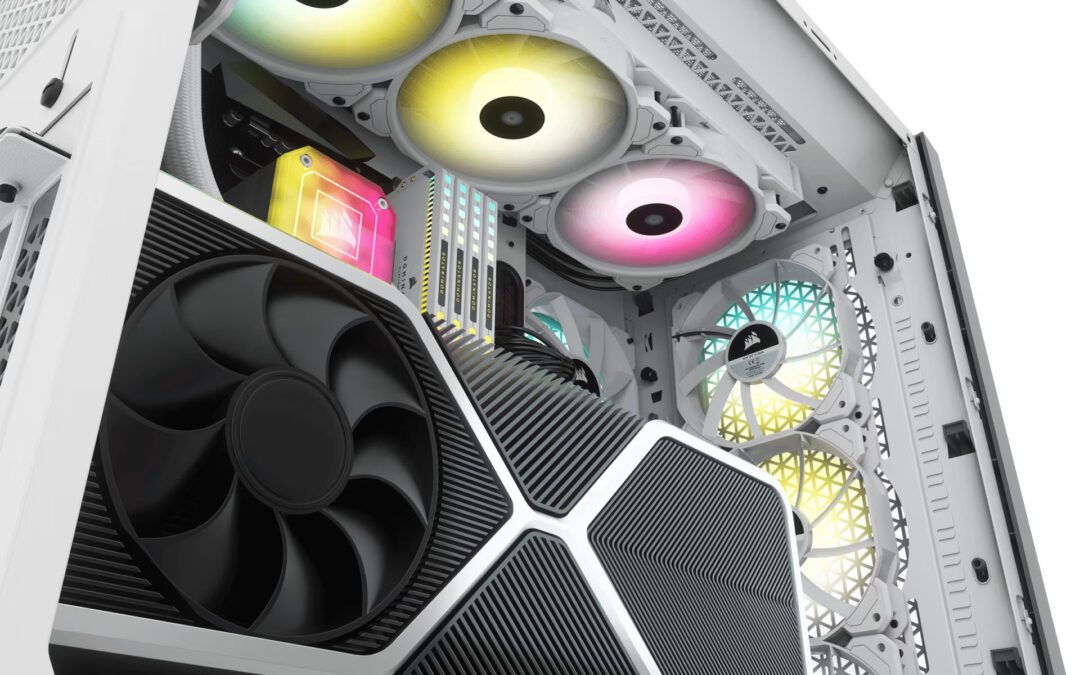
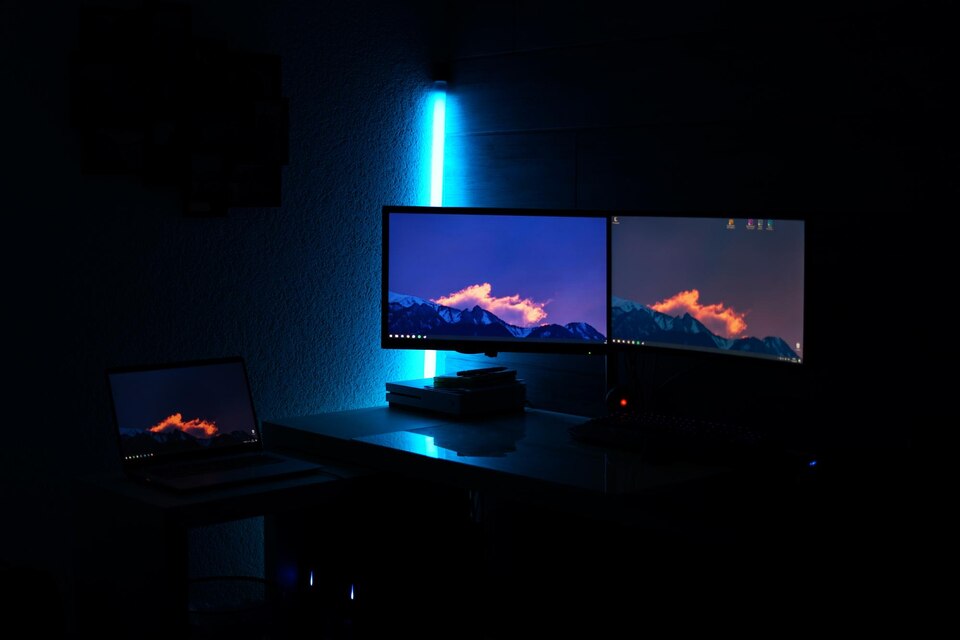
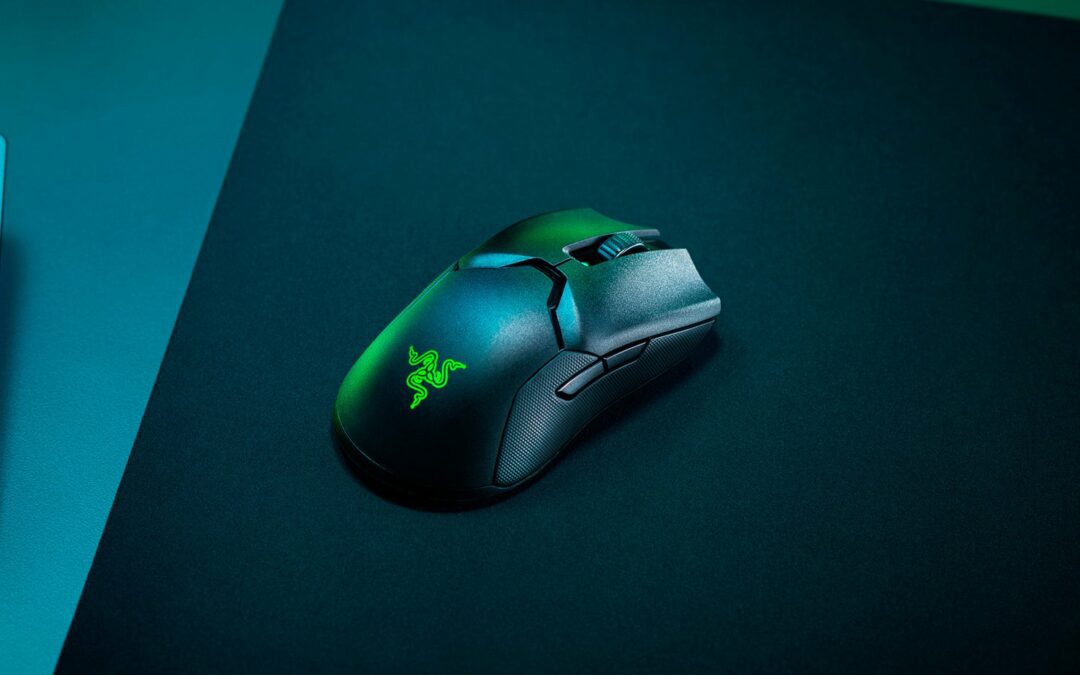
Hello, I have 2 questions about this build:
-1: In my local store, this graphic card is not available. The option that I have is this one:
-https://www.mbit.pt/asrock-tarjetas-graficas-rx5700xt-pgd-8go
Is it suitable for this build and will it have a lower performance?
-2: is this build also good to use programs like Adobe Premiere and other editing programs?
Many thanks,
Good Afternoon Branton,
I built my computer following this guide in 2017.
Some of the parts in the build were the Intel core i5-7600, gigabyte GA-Z270XP-SLI, EVGA SuperNova 650 G1, ballistix Sport 8GB kit, and I believe my graphics card is a nvidia GeForce 1060 6gb.
My computer is running fine, but I’m looking to upgrade since it has been some time since I last did. Which direction do you recommend I go down? I’m looking to hit a consistent 144+ fps, but my computer struggles to reach that. The only minor upgrade I have done is the 16GB Corsair Vengeance. Any tips or advice would be greatly appreciated. Keep up the awesome work.
Oh I forgot to add, My budget on adding upgraded hardware would be around $1,000.
Oh and I’ve also added about 2TB since then as well.
Hey Michael you’ll likely want to upgrade your graphics card at least. What FPS are you getting now?
It’s rare if I get up to 120 + fps nowadays. My usual though is 95~115. Sometimes I dip to 80fps. I can get 140+ fps if I lower a lot of my settings. What graphics card do you recommend. I
How much do you have allocated for a graphics card?
I can spend up to 600$. Maybe 750 my highest on a graphics card and work around that.
can i use the oculus rift on this
I’m going with a Thermaltake Versa N24 since Amazon is sold out of the phanteks. Along as it mentions mid build it should have the room.
What’s a good alternative for the Phanteks Eclipse P300, preferably one with better cooling? The P350x? Or is there something else that also works?
I was wondering if I could upgrade the storage to the 1Tb that is has on amazon the same thing but seems to be only more storage. I am a very variety gamer and play many big games.
So my internet situation isn’t the greatest rn and I have to use a hotspot to play online. Would a hotspot work for me on this build if I buy the TP-link?
Yes it should!
Yeah, you could do that no problem.
yeah you should be able to without an issue!
Would this build be able to maximize the ability of a 244 Hz 1080p monitor running modern AAA games or should I stick with 144 Hz?